Comparing the Top Lubricants for Tablets: Which One is Right for You?
Selecting the right lubricant is a vital part of tablet manufacturing. Whether you're scaling up production or improving an existing formula, the lubricant you choose can directly affect tablet quality, machine efficiency, and overall performance. In this guide, we’ll take a closer look at the most commonly used lubricants in tablet production, their properties, and the factors to consider when deciding which one is best suited for your needs.
What Are Tablet Lubricants?
Tablet lubricants reduce friction between the tablet and metal surfaces during compression and ejection. Without them, tablets may stick to punches or dies, leading to defects such as capping, lamination, or inconsistent tablet weight.
By minimizing mechanical wear and preventing sticking, lubricants play an essential role in maintaining the integrity of the tablet press and ensuring smooth, continuous operation.
Why Lubricants Matter in Formulation
Just like greasing a baking tin prevents sticking, adding a lubricant to your tablet blend ensures a clean release from tooling. More importantly, the right lubricant can:
- Improve manufacturing efficiency
- Maintain tablet appearance and structural integrity
- Prevent costly production delays
However, not all lubricants behave the same way. Some are better suited for high-speed presses, while others may affect disintegration or dissolution rates.
Types of Lubricants in Tablet Manufacturing
Lubricants are typically categorized based on their interaction with water: hydrophobic (water-repelling) and hydrophilic (water-attracting).
Hydrophobic Lubricants
Hydrophobic lubricants are the most commonly used. They are efficient at reducing friction but can sometimes slow tablet disintegration due to their water-repellent nature.
Common examples include:
- Magnesium Stearate
- Stearic Acid
Hydrophilic Lubricants
Hydrophilic lubricants dissolve more readily in water, making them a preferred choice for formulations requiring fast disintegration or dissolution. They are generally used when hydrophobic lubricants are incompatible with certain actives or when rapid release is desired.
A key example:
- Sodium Stearyl Fumarate
In-Depth Comparison of Common Tablet Lubricants
Magnesium Stearate
Overview:
Magnesium stearate is one of the most widely used lubricants in tablet manufacturing. It’s a hydrophobic, white powder that is insoluble in water but highly effective at reducing friction between the powder blend and press components.
Applications:
Ideal for high-speed presses and commonly found in both pharmaceutical and nutraceutical formulations.
Pros:
- Excellent lubrication efficiency
- Widely available and cost-effective
- Suitable for a broad range of applications
Cons:
- Can delay tablet dissolution if not properly balanced
- May be incompatible with certain moisture-sensitive actives
- Sensitive to over-mixing (mix for no more than 5 minutes)
- Potential risk of soft tablets
Sodium Stearyl Fumarate
Overview:
Sodium stearyl fumarate is a hydrophilic lubricant, soluble in water and suitable for formulations where rapid tablet disintegration is important. It is chemically stable and less likely to interact with moisture-sensitive actives.
Applications:
Commonly used in formulations requiring quick dissolution or where hydrophobic lubricants are unsuitable.
Pros:
- Minimal impact on tablet dissolution or bioavailability
- Suitable for moisture-sensitive or heat-sensitive actives
- Not sensitive to over-mixing
Cons:
- More expensive than traditional hydrophobic lubricants
- Limited availability compared to magnesium stearate
Stearic Acid
Overview:
Stearic acid is a fatty acid often used as a natural lubricant in nutraceutical and dietary tablet formulations. It is solid at room temperature and provides moderate lubrication.
Applications:
Frequently used when a formulation requires natural or minimal excipient profiles.
Pros:
- Naturally derived and generally recognized as safe (GRAS)
- Acceptable for use in health-focused products
Cons:
- Less effective than magnesium stearate at higher compression speeds
- May require higher concentrations for similar lubrication efficiency
Key Factors to Consider When Selecting a Tablet Lubricant
1. Compatibility with Active Ingredients
Some lubricants may interact with active compounds, leading to reduced potency or stability. It’s important to assess whether the lubricant affects the chemical or physical stability of your formulation.
2. Effect on Tablet Properties
Lubricants can influence:
- Disintegration time
- Dissolution profile
- Tablet hardness
- Ejection force
For example, excessive use of magnesium stearate may result in softer tablets with slower dissolution rates.
3. Lubricant Concentration
Too much or too little lubricant can negatively impact tablet quality. Start with standard inclusion rates (typically 0.25–2% w/w) and adjust based on testing results.
4. Manufacturing Environment and Equipment
Consider the speed and pressure of your tablet press, as well as environmental factors like humidity and temperature, which can affect lubricant performance.
Conclusion
Choosing the right lubricant is not just a technicality—it’s a critical decision that can affect tablet quality, production efficiency, and customer satisfaction. Magnesium stearate remains a dependable and cost-effective choice for many applications, while alternatives like stearic acid and sodium stearyl fumarate provide valuable options for specific needs, such as natural product lines or fast-release tablets.
There’s no one-size-fits-all solution. The best approach is to evaluate your specific formulation requirements, test different options, and make adjustments based on real-world performance.
If you’re looking for expert support in selecting the right excipients or developing a custom tablet blend, feel free to get in touch. We’re always happy to help you build a better tablet.

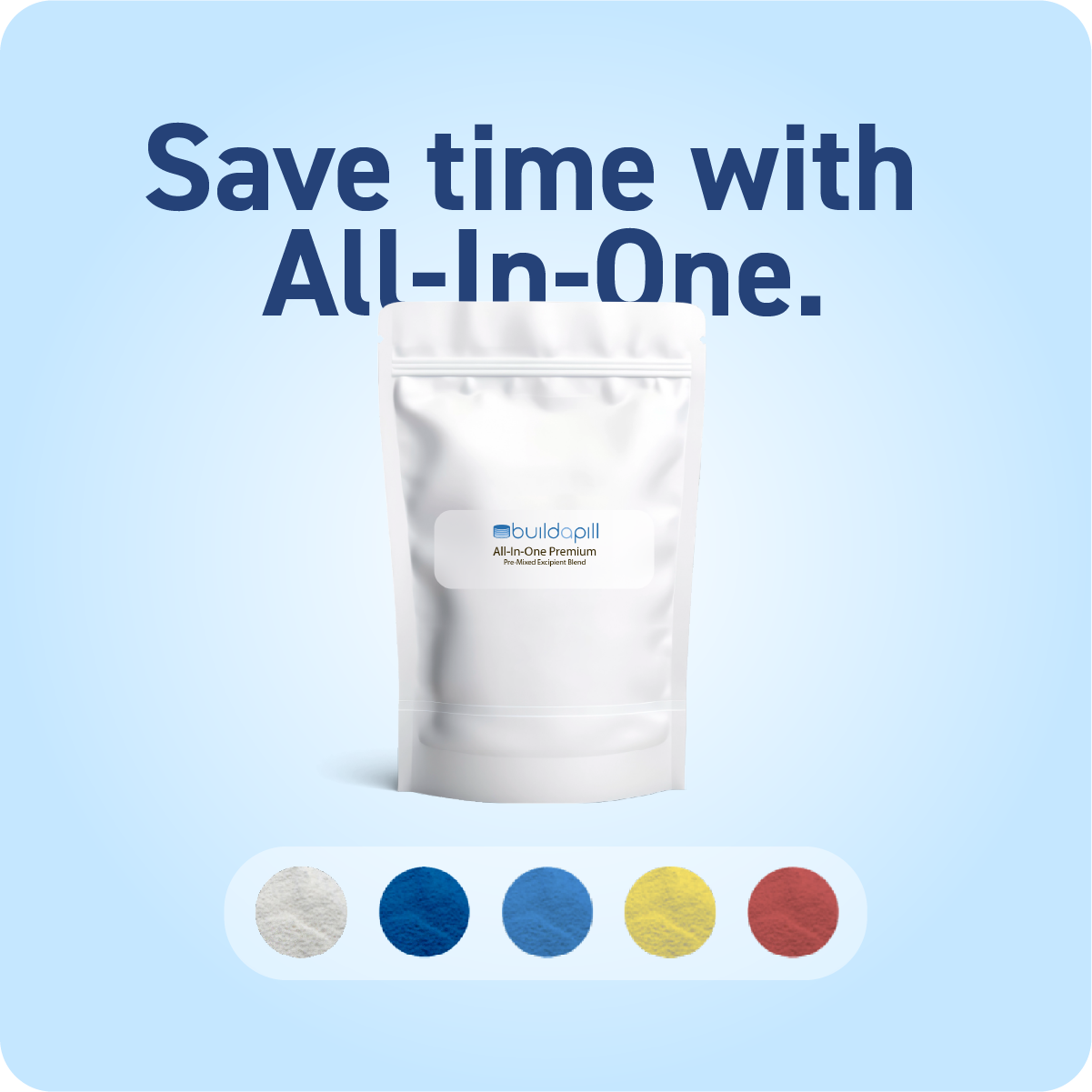
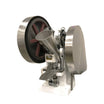
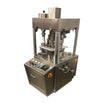


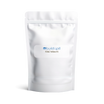
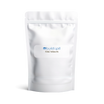
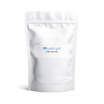
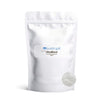

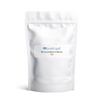
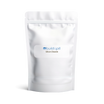
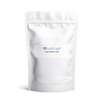
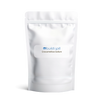
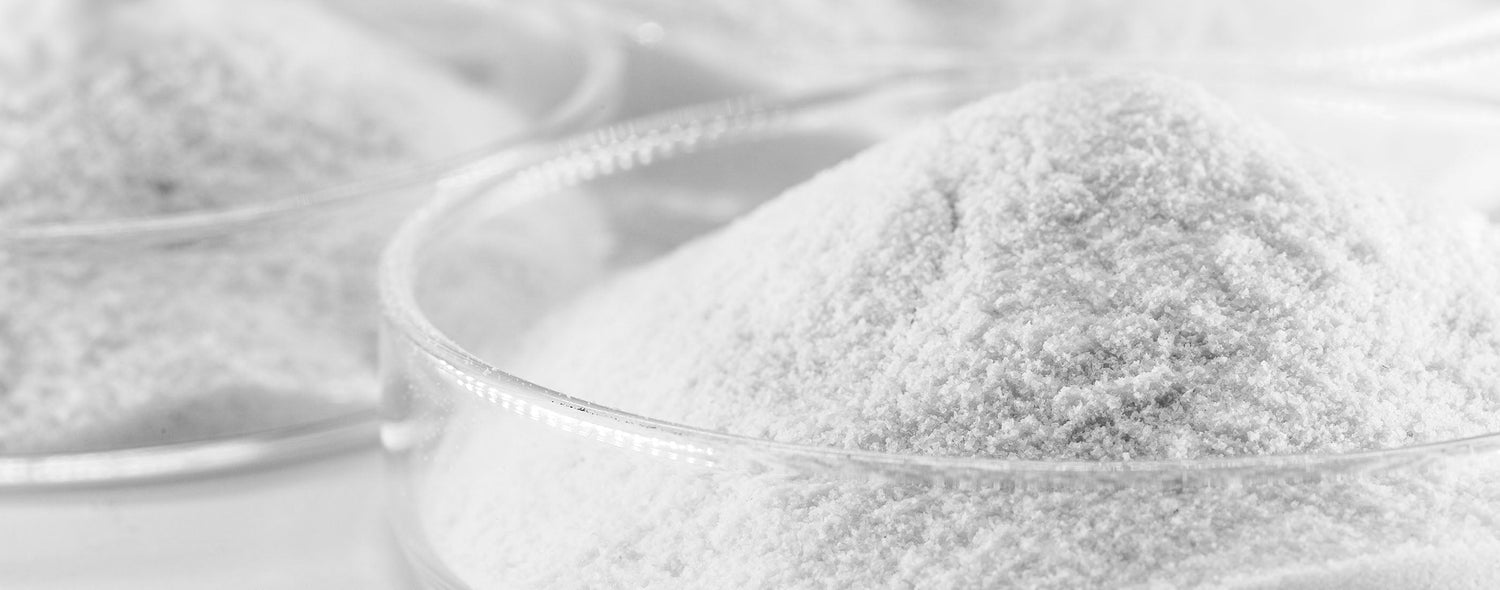


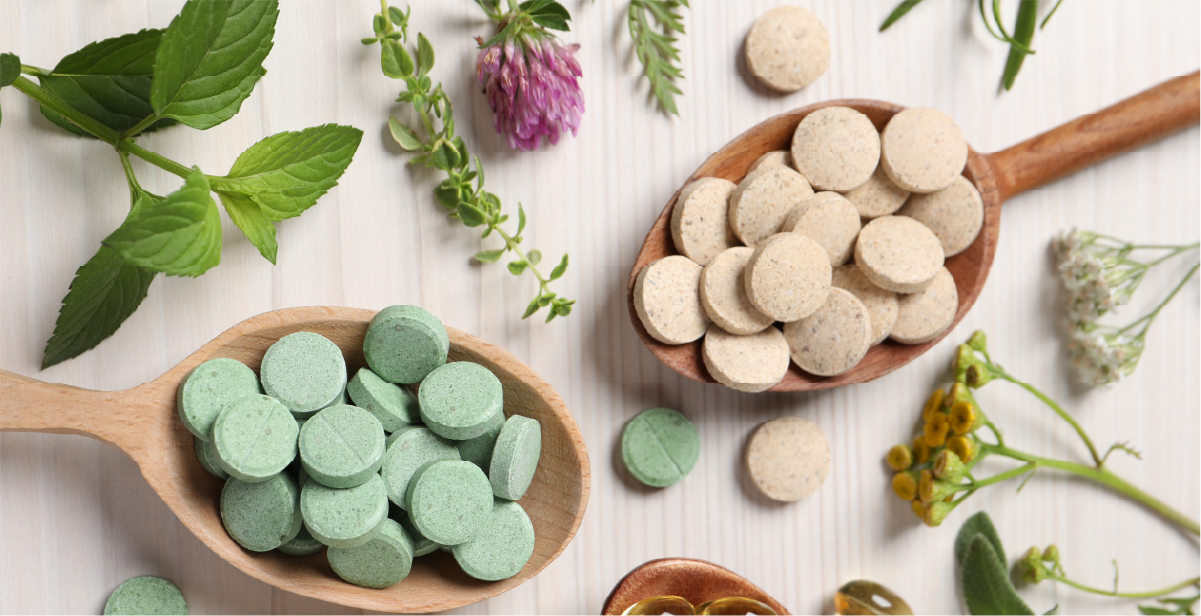


Leave a comment
This site is protected by hCaptcha and the hCaptcha Privacy Policy and Terms of Service apply.